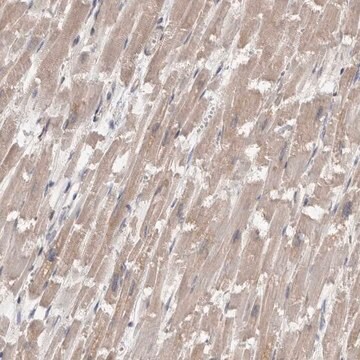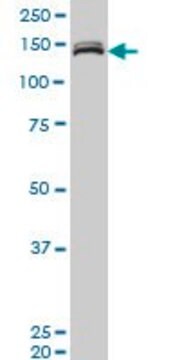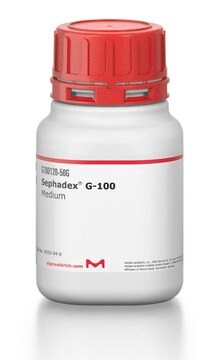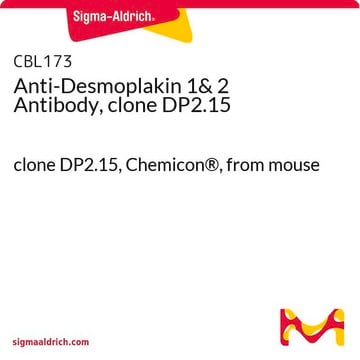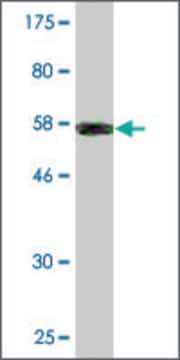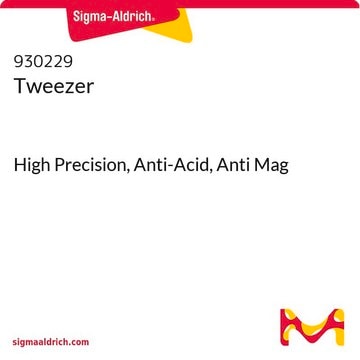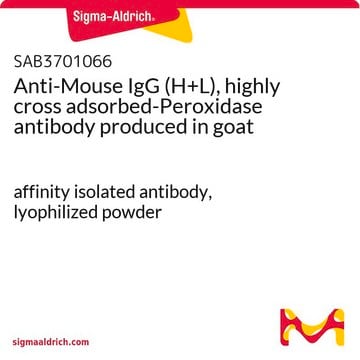SAB4200147
Anti-FHOD1 antibody produced in rabbit
~1.0 mg/mL, affinity isolated antibody
Synonyma:
Anti-FH1/FH2 domain-containing protein 1, Anti-FHOS, Anti-Formin homology-2 domain-containing protein 1, Anti-formin homolog overexpressed in spleen 1, Anti-formin homology 2 domain-containing protein 1
About This Item
Doporučené produkty
biological source
rabbit
conjugate
unconjugated
antibody form
affinity isolated antibody
antibody product type
primary antibodies
clone
polyclonal
form
buffered aqueous solution
mol wt
~130 kDa
species reactivity
human
packaging
antibody small pack of 25 μL
concentration
~1.0 mg/mL
technique(s)
immunohistochemistry: 10-20 μg/mL using heat-retrieved formalin-fixed, paraffin-embedded human spleen sections and biotin, ExtrAvidin® peroxidase staining system
western blot: 0.5-1.0 μg/mL using whole extracts of human K562 cells
UniProt accession no.
shipped in
dry ice
storage temp.
−20°C
target post-translational modification
unmodified
Gene Information
human ... FHOD1(29109)
General description
Application
Biochem/physiol Actions
Legal Information
Disclaimer
Ještě jste nenalezli správný produkt?
Vyzkoušejte náš produkt Nástroj pro výběr produktů.
Storage Class
10 - Combustible liquids
flash_point_f
Not applicable
flash_point_c
Not applicable
Vyberte jednu z posledních verzí:
Osvědčení o analýze (COA)
Nevidíte správnou verzi?
Potřebujete-li konkrétní verzi, můžete vyhledat daný certifikát podle čísla dávky nebo čísla šarže.
Již tento produkt vlastníte?
Dokumenty související s produkty, které jste v minulosti zakoupili, byly za účelem usnadnění shromážděny ve vaší Knihovně dokumentů.
Náš tým vědeckých pracovníků má zkušenosti ve všech oblastech výzkumu, včetně přírodních věd, materiálových věd, chemické syntézy, chromatografie, analytiky a mnoha dalších..
Obraťte se na technický servis.